How to Create a Garden That Smells Absolutely Unforgettable
You know, after more than two decades of designing gardens, the conversations that really stick with me are almost never about color palettes or fancy leaf shapes. They’re about scent. Someone will get this far-off look in their eyes and tell me about the exact smell of the lilacs by their childhood home, or the powerful perfume of a single rose from their grandmother’s garden. Scent is a time machine. It’s easily the most powerful, yet most overlooked, tool in a gardener’s toolkit.
In this article
Crafting a fragrant garden isn’t just about grabbing a few flowers that smell nice. Honestly, it’s more like being an orchestra conductor. You’re layering different scents that show up at different times, creating a performance that unfolds from spring through fall. It’s about knowing which flower saves its best perfume for the hot afternoon sun and which one waits for the cool of the evening. And, most importantly, it’s about putting them right where you can actually enjoy them.
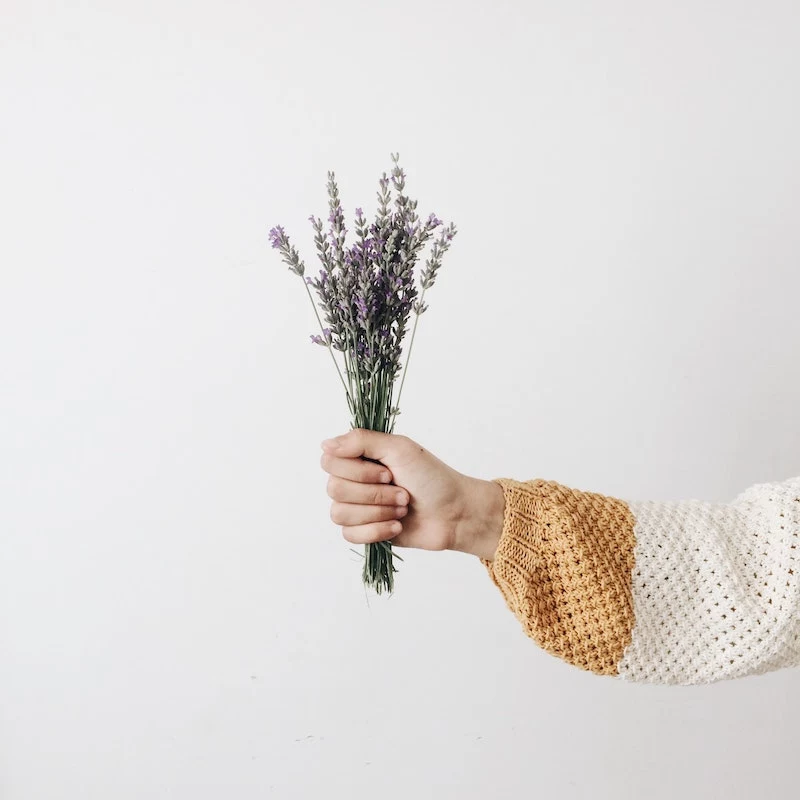
I see a lot of gardeners get frustrated. They’ll buy a rose with a ‘fragrant’ tag, only to find it barely has a scent, or plant a bunch of gorgeous lilies that are so overpowering up close they give you a headache. The goal is to create an experience, not just a collection. This means getting a feel for the rhythm of the plants and learning a few pro-level tricks for placement. It’s a skill you develop through a bit of trial and error, for sure, but the payoff is incredible.
So, What Is Scent, Anyway?
Before we start placing plants, it helps to know what we’re dealing with. Those amazing smells are actually a complex cocktail of what scientists call volatile organic compounds (or VOCs). Plants don’t make these for our benefit, by the way. It’s all about survival. Their main goal is to send out a ‘help wanted’ ad for specific pollinators. A bee is attracted to a completely different chemical signal than a moth is, which is why some flowers smell strongest during the day and others put on their show at night.
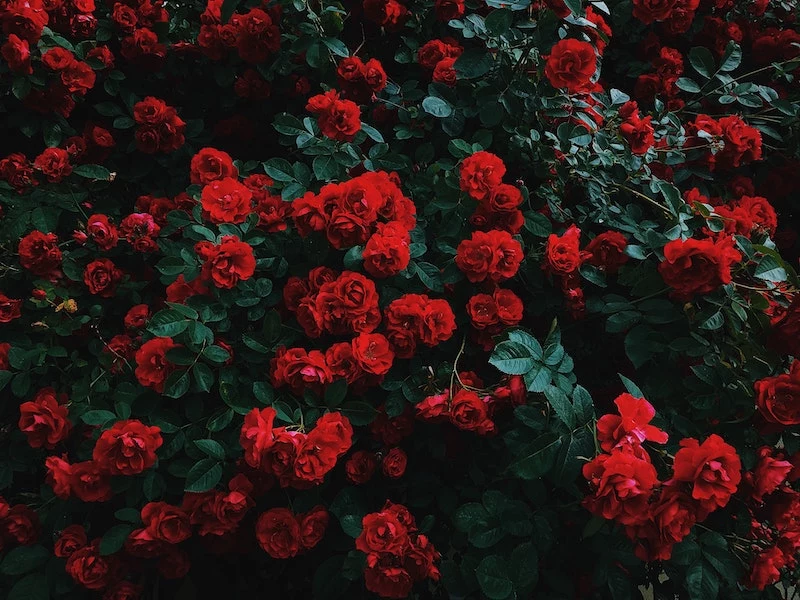
These scent chemicals fall into different families. You don’t need a chemistry degree, but knowing the basics can help you identify what you like. For instance, compounds called terpenes give us those classic, resinous scents of lavender and rosemary. Esters often create fruity smells. And then you have indoles, which are responsible for the super heavy, almost narcotic fragrance in some jasmines and lilies. Fun fact: in high concentrations, indole can be pretty unpleasant, which explains why a single lily in a vase is divine, but a huge bouquet in a tiny room can be way too much.
A plant’s perfume isn’t constant, either. It’s heavily influenced by its surroundings:
- Heat is a big one. Warmth helps those fragrant oils turn into vapor and float on the air. That’s why your garden often smells best on a warm, sunny afternoon.
- Humidity is key, too. A bit of moisture in the air can actually ‘hold’ the scent, making it feel richer and last longer. A garden often has its most intense fragrance right after a light rain.
- Time of Day matters. As we mentioned, it’s all about the pollinators. Night-bloomers like Flowering Tobacco or Moonflower wait for dusk to release their potent perfume to attract moths.
And here’s something to keep in mind. Did you know your ability to smell certain flowers is partly genetic? So if you’re raving about a freesia and your friend can’t smell a thing, they aren’t crazy! Scent is deeply personal. Always trust your own nose first.
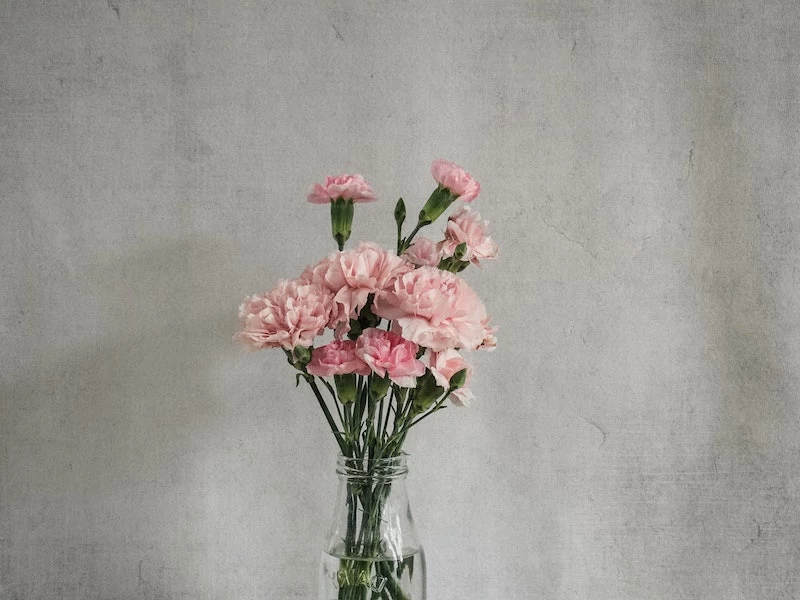
The Pro’s Playbook for a Scented Garden
Designing with fragrance is all about managing space and time. A pro doesn’t just plant a bunch of smelly flowers for June; they choreograph a whole sequence of scents. The idea is to have something lovely to smell from the first hints of spring all the way to the last crisp days of autumn.
Layering Fragrance Through the Seasons
A classic mistake is going all-in on a single, massive fragrant show in early summer, leaving the rest of the year scentless. I always encourage people to think in terms of a ‘scent calendar.’ Here’s a rough guide:
Early Spring is for clean, powerful scents that cut through the cool air. Think about the incredible perfume of winter daphne, which blooms when you need it most. Soon after, hyacinths bring their strong, sweet fragrance. A clump of these near a doorway is a perfect welcome home. Bulbs are generally cheaper when you buy them in the fall for spring planting, so it’s a great way to get a lot of bang for your buck.
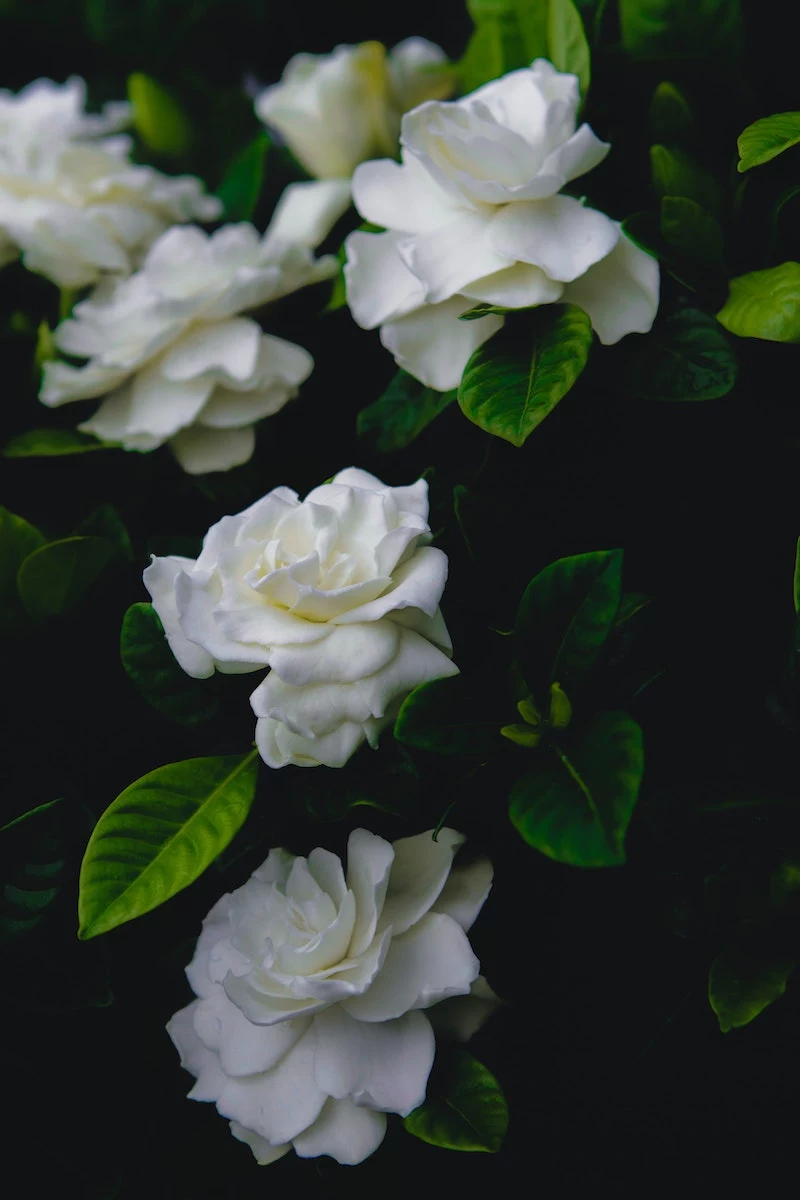
Mid- to Late Spring is when the scent profile gets richer and more complex. You have the iconic smell of lilacs, of course. In shady spots, the delicate but surprisingly far-reaching perfume of Lily of the Valley takes over. And don’t forget shrubs like Korean Spice Viburnum, whose spicy-sweet scent can perfume an entire yard.
Early to Mid-Summer is peak season. This is when old-fashioned roses, fragrant peonies, and the citrusy Mock Orange have their moment. My only caution here is to avoid a ‘scent clash’ by planting too many powerhouse fragrances right on top of each other. Give them some breathing room.
Late Summer and Autumn fragrance feels like a special treat. The exotic, spicy scent of Oriental lilies comes on strong now. Then there’s Sweet Autumn Clematis, a vine whose tiny white flowers smell like vanilla. And on a warm afternoon, garden Phlox offers up a sweet, hay-like scent.
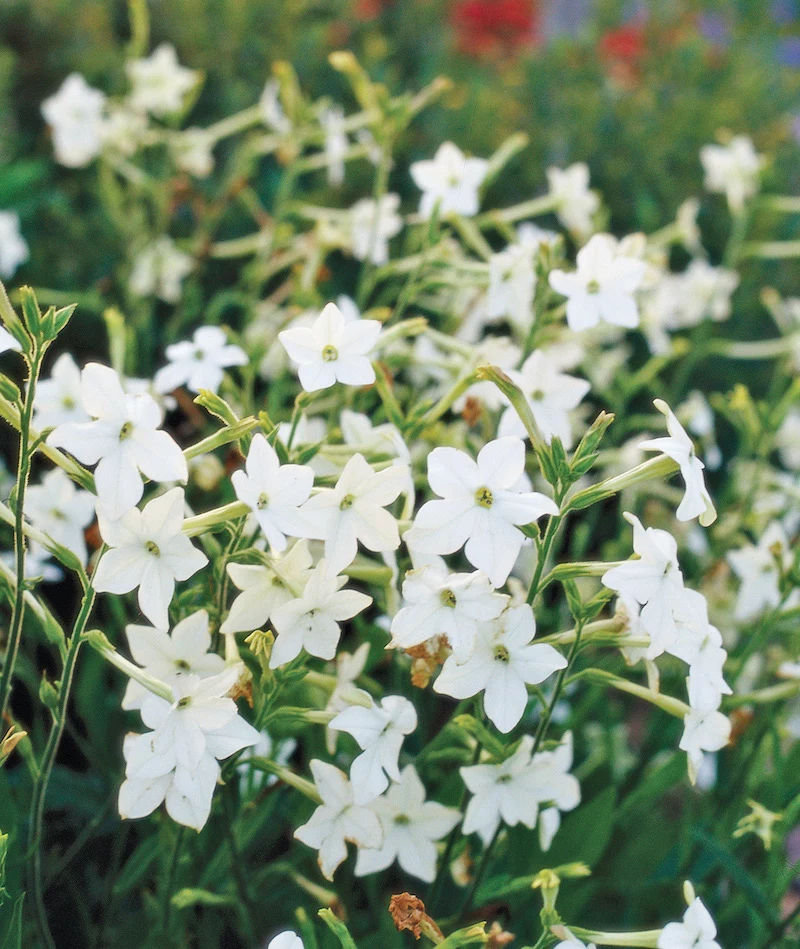
Smart Placement for Maximum Impact
Where you plant is just as important as what you plant. You want to encounter the scent naturally, not have to stick your face in a flower to notice it.
- Doors and Windows: This is prime real estate. A fragrant climbing rose by the front door or some night-blooming Flowering Tobacco under a bedroom window is a total game-changer.
- Paths and Patios: Line your walkways and seating areas with fragrant plants. When you brush past them, they release their scent. A lesser-known trick is to plant something like creeping thyme between paving stones. When you step on it, it releases a wonderful, herbal fragrance.
- Create Scent Traps: Use what you have! Walls, fences, or even a dense hedge can create a little pocket that holds fragrance instead of letting it blow away. A walled patio or a cozy corner is the perfect spot for a single gardenia or a pot of lilies to make a huge impact.
- Work with the Wind: Pay attention to the prevailing breeze in your yard. Plant fragrant shrubs upwind of your deck or patio, and let nature be your delivery service.
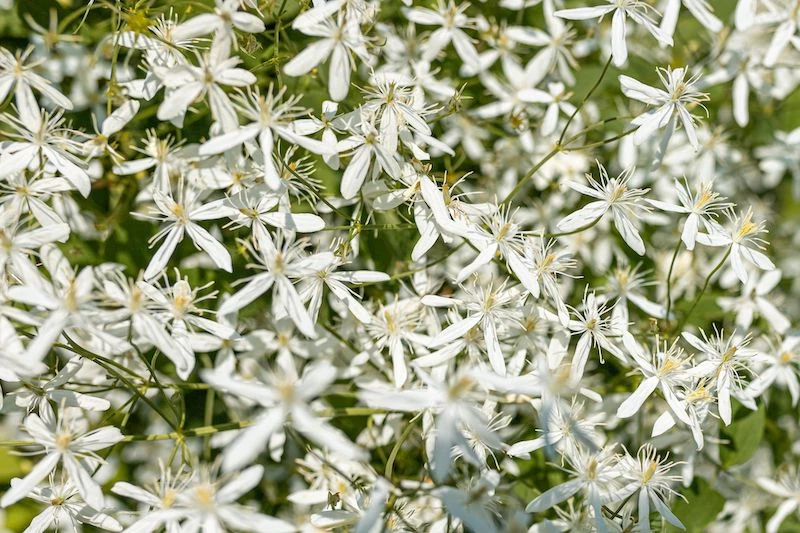
A Closer Look at Some Fragrant All-Stars
Choosing the right plant—and more importantly, the right variety—is everything. Many modern plants have been bred for bigger flowers at the expense of scent. So you have to be a savvy shopper. For the best selection of specific fragrant varieties, you might need to look beyond the big-box stores to high-quality local nurseries or specialist online growers.
Roses (Rosa)
Ah, roses. No plant is more famous for its fragrance, and no plant is more disappointing when it’s missing. For a guaranteed scent, I’d suggest looking for heirloom types or the English-style roses bred specifically for their powerful perfume. Be prepared to invest a bit more; a good, fragrant speciality rose can run you anywhere from $35 to $70, depending on whether it’s a potted plant or a bare-root one.
Heads up! Roses are divas. They need at least 6 hours of sun, rich soil, and good air circulation to thrive. They’re not a plant-it-and-forget-it choice. If you aren’t up for the regular feeding and pruning, you might be happier with a lower-maintenance shrub.
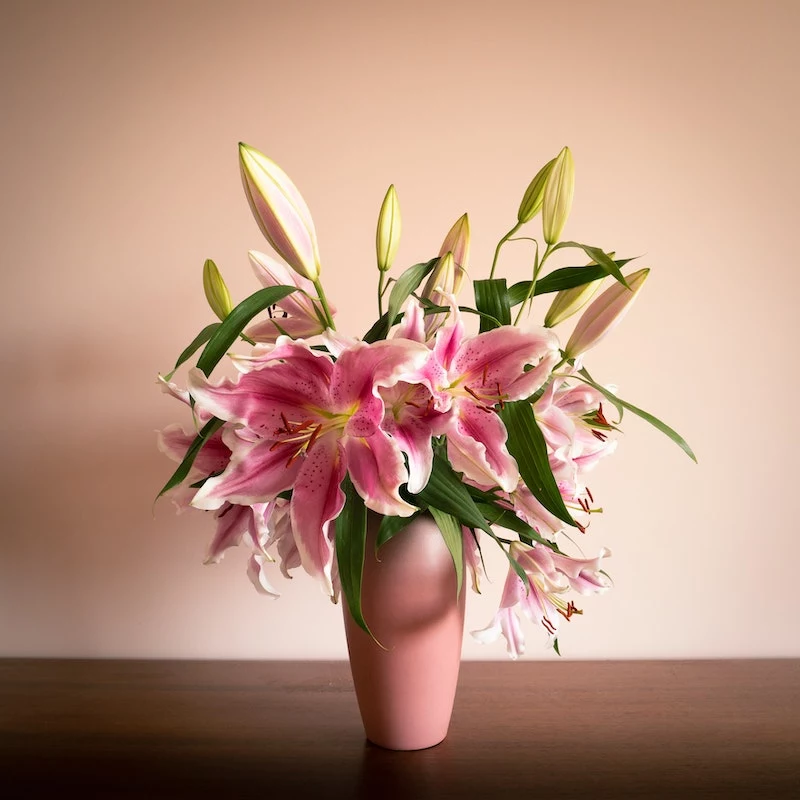
Lilac (Syringa vulgaris)
The biggest mistake people make with lilacs is pruning them at the wrong time. If you cut them back in the fall or winter, you’re cutting off all of next year’s flowers. Quick Tip: Prune your lilac within a few weeks after it finishes blooming. This gives it a whole season to set new flower buds for next spring. For smaller gardens, look for the more compact, mildew-resistant varieties.
Oriental Lilies (Lilium sp.)
These are the drama queens of the late summer garden, with their rich, spicy perfume. An elegant pure white variety can offer a more refined, jasmine-like scent than some of the more common pink-and-white striped types. The rule for lilies is simple: ‘heads in the sun, feet in the shade.’ They like their flowers in the sun, but their roots need to be kept cool by other plants or a layer of mulch. They absolutely demand well-drained soil, or their bulbs will rot.
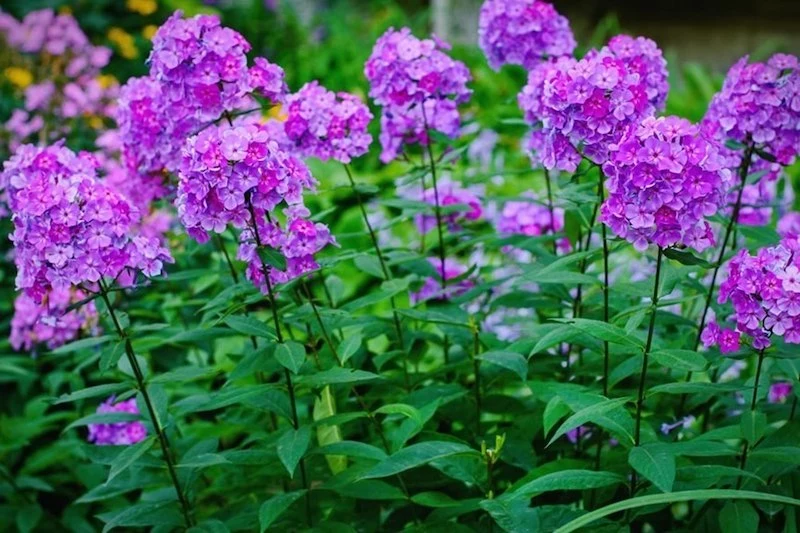
SERIOUS SAFETY WARNING: Lilies are EXTREMELY TOXIC TO CATS. Every single part of the plant, right down to the pollen, can cause rapid, fatal kidney failure. If you have cats that go outside, please do not plant these. It is not worth the risk.
Daphne (Daphne odora)
This is my top pick for winter fragrance, but it’s for patient gardeners. Expect it to take 2-3 years to really get established and start blooming well. Daphnes are famously fussy. They demand excellent drainage and HATE being moved. Pick your spot perfectly the first time (ideally with some protection from hot afternoon sun), and then leave it alone. Trust me, I’ve killed them by trying to transplant them. Also, keep in mind that all parts of the plant are toxic if eaten.
Lily of the Valley (Convallaria majalis)
This is a tough, beautiful groundcover for shade that smells incredible. However, it can spread aggressively and take over a garden bed. It’s best used to fill in a difficult shady spot where you don’t want to plant much else.
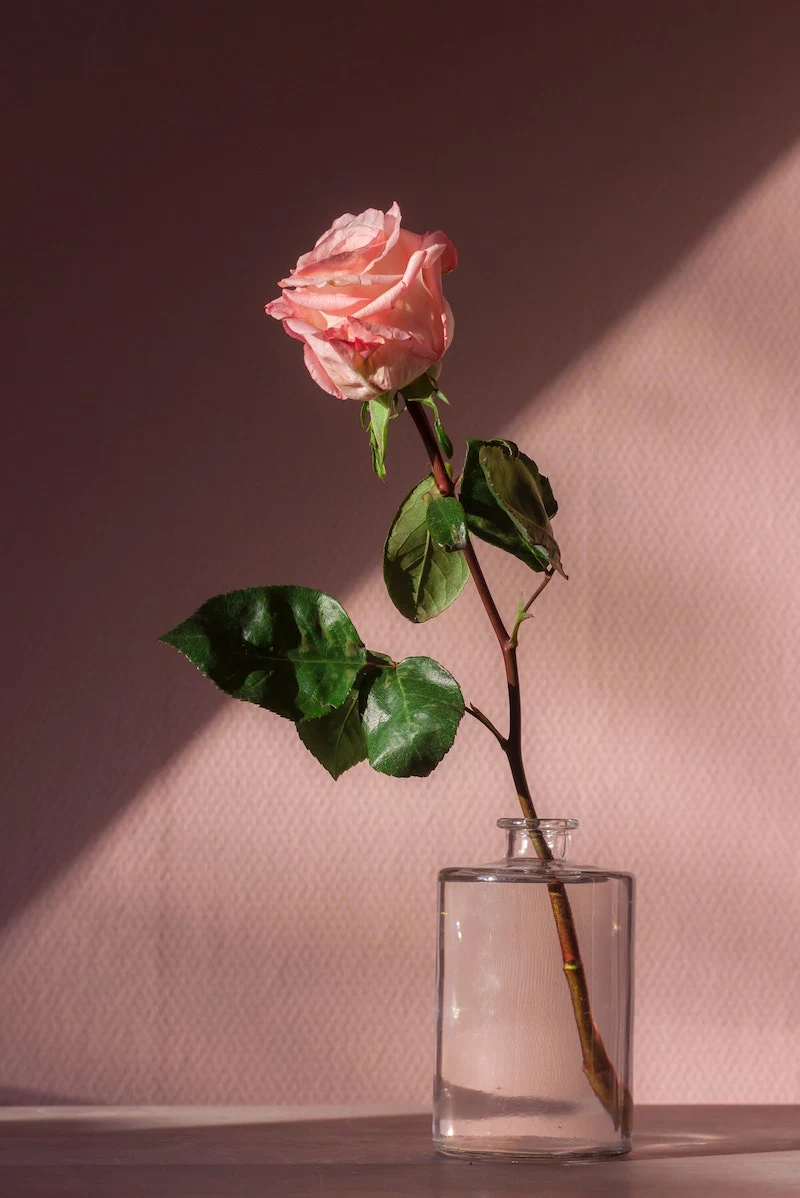
EXTREME SAFETY WARNING: I cannot stress this enough—all parts of this plant are highly poisonous if ingested and can cause fatal heart problems. I never, ever use it in a garden where kids or pets play. For a safer alternative, if you want a tough, fragrant groundcover for shade, plant Sweet Woodruff instead. It has a lovely, fresh-mown-hay scent when its leaves are crushed and is much safer for family gardens.
Sweet Autumn Clematis (Clematis terniflora)
This vine is an absolute monster. It can easily grow 20-30 feet in one season and will smother anything in its path. It needs a very sturdy support, like a strong fence or a shed. Quick Tip: If you don’t have the space for a beast like this, look for some of the newer, more manageable varieties that have a similar sweet fragrance but won’t try to take over your entire house.
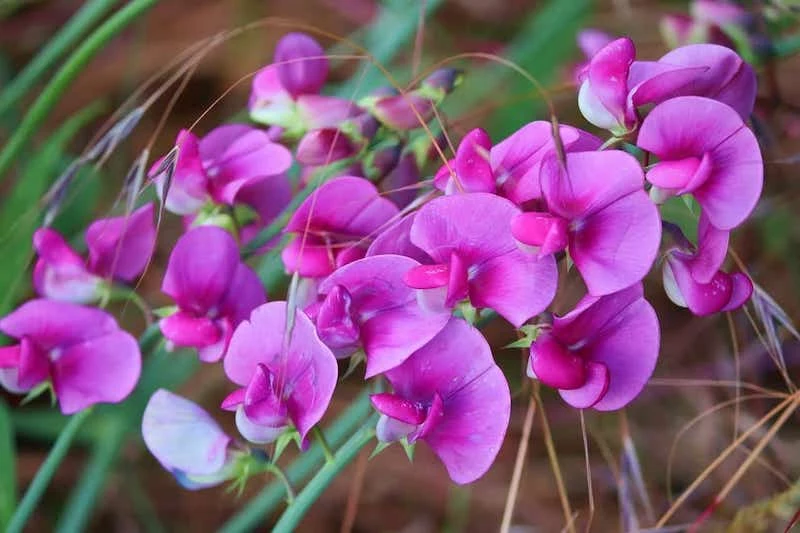
No Yard? No Problem! Fragrance for Patios and Balconies
Don’t feel left out if you’re working with a small space! You can create a wonderfully fragrant oasis on a balcony or patio. A pot of fragrant stock or a window box planted with sweet alyssum can provide an immediate and delightful dose of scent. They are easy to grow, budget-friendly (especially from seed), and perfect for placing right next to a seating area.
Troubleshooting: Why Can’t I Smell My Flowers?
Sometimes you do everything right, and a plant just doesn’t deliver. When a client has this problem, I usually run through this checklist:
- Wrong Variety: This is the #1 culprit. They bought a ‘rose’ without checking if it was a fragrant variety. Always do your homework and look for specific types known for their scent.
- Stressed or Young Plant: A young plant might not be fragrant in its first year. A stressed plant (from drought or pests) will conserve its energy for survival, not for making perfume.
- Too Much Nitrogen: This is a classic. It often happens when high-nitrogen lawn fertilizer gets into the garden beds. It makes plants produce tons of lush green leaves but very few flowers. Quick Fix: Stop using lawn fertilizer near your beds. You can counteract the nitrogen by using a ‘bloom booster’ fertilizer (the middle number on the bag will be highest) just once, according to the directions, to encourage flowers.
- Not Enough Sun: Most fragrant flowers are sun-worshippers. A rose planted in the shade will be a sad, scentless twig.
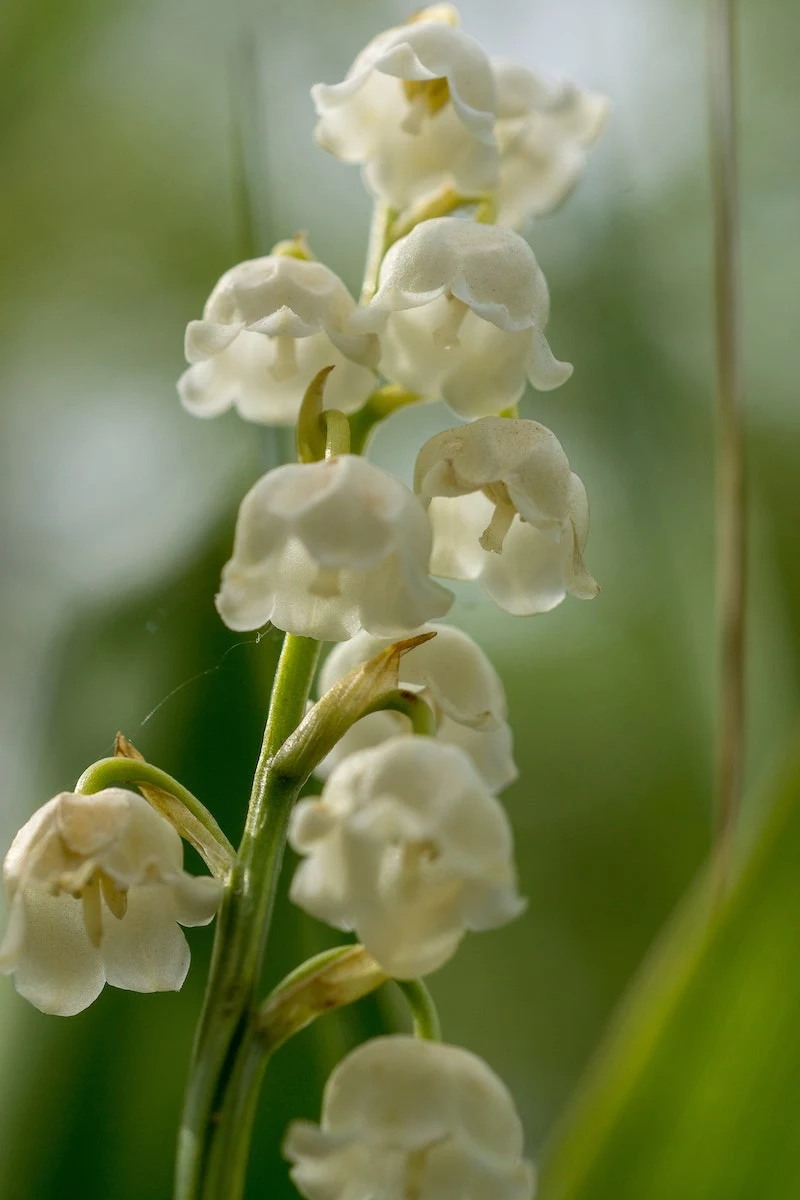
A Final Thought
At the end of the day, a fragrant garden is a personal creation. It’s a partnership. The time you spend getting to know your plants—giving them the right soil, pruning them at the right time, and just observing them—is what builds that connection. The amazing fragrance they give back is their way of saying thank you.
Now I’d love to hear from you. What’s the one garden scent that transports you back in time? Share it in the comments below!
Inspirational Gallery
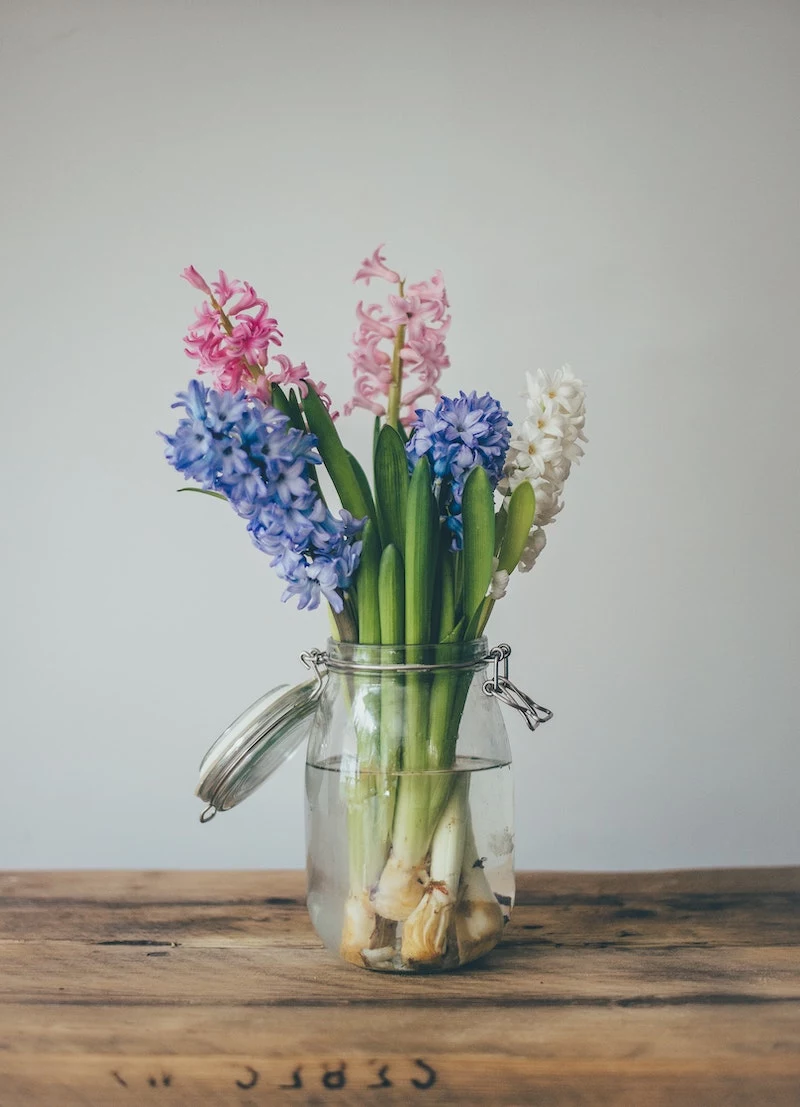

Did you know that the scent of some flowers, like certain roses, is composed of over 400 different volatile organic compounds?
This complexity is why fragrance can be so elusive. A ‘David Austin’ rose, such as the famous ‘Gertrude Jekyll’ with its classic old rose scent, is bred specifically for this intricate perfume. When choosing a rose, look for breeders known for prioritizing fragrance over just appearance. Don’t rely solely on a generic ‘fragrant’ tag; seek out specific, award-winning varieties whose scent profile is a celebrated trait.
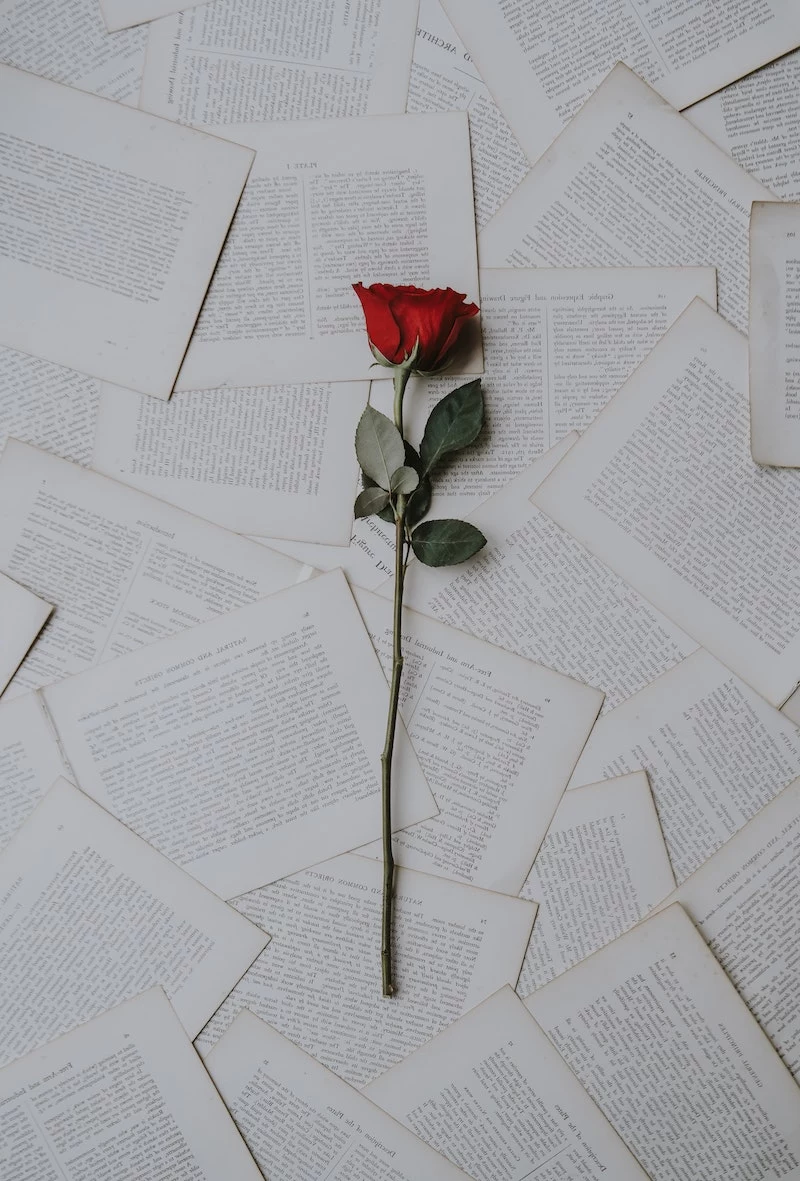
How do you make a garden come alive after sunset?
By creating a moon garden, a space designed for evening enjoyment. The strategy relies on two elements: pale colors and night-perfumed plants. Use flowers in shades of white, cream, and silver, like the luminous blooms of the moonflower (Ipomoea alba) or elegant white phlox. Most importantly, incorporate plants that release their scent after dark to attract moths. Think of the heady sweetness of flowering tobacco (Nicotiana alata), the spicy clove notes of night-scented stock (Matthiola longipetala), or the powerful vanilla-like perfume of a ‘Casablanca’ Oriental lily. Plant them along a pathway or near a patio where the still night air can hold their fragrance.
- A consistent, subtle fragrance from winter to summer.
- A scent released simply by brushing past a leaf.
- A robust, foundational aroma that grounds floral notes.
The secret? Focusing on fragrant foliage. While flowers offer bursts of perfume, leaves of plants like scented geraniums (try the ‘Attar of Roses’ Pelargonium), lavender, and rosemary provide a constant aromatic backdrop. For a surprising winter delight, plant Sweet Box (Sarcococca confusa) near your entrance; its tiny flowers pack an intense, honeyed scent that perfumes the cold air.










